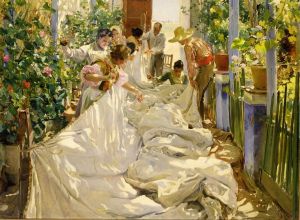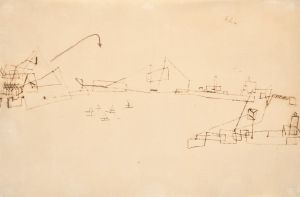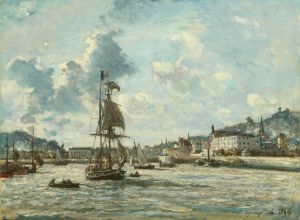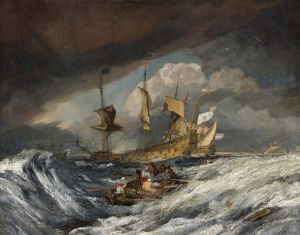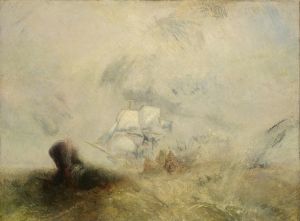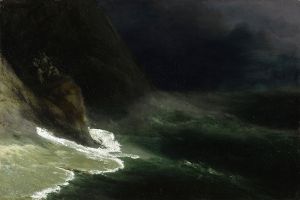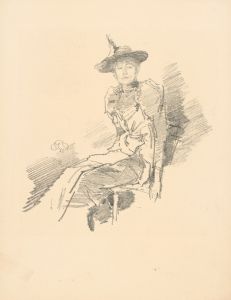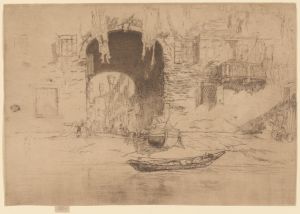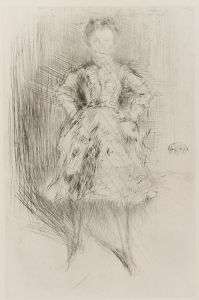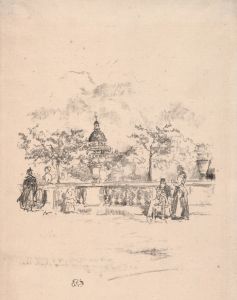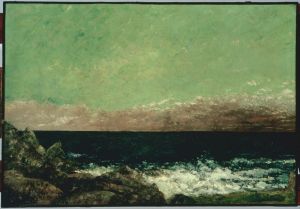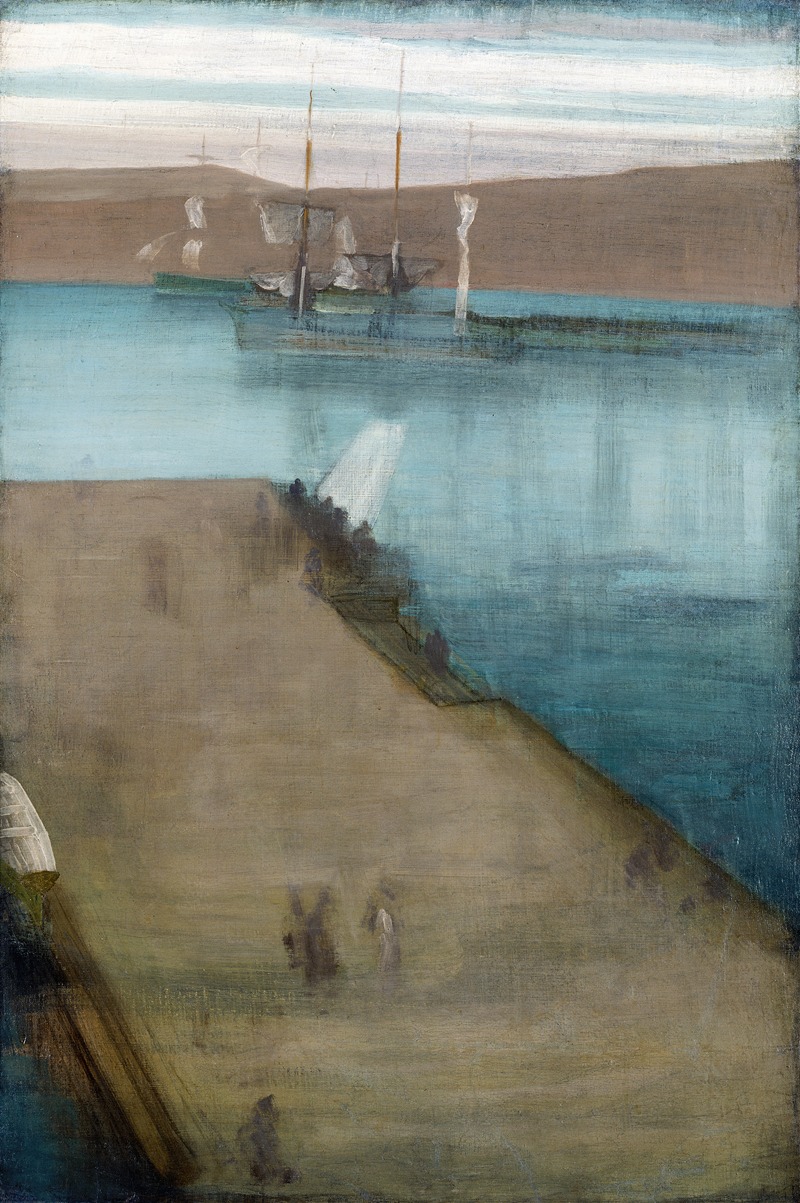
Valparaiso Harbor
A hand-painted replica of James Abbott McNeill Whistler’s masterpiece Valparaiso Harbor, meticulously crafted by professional artists to capture the true essence of the original. Each piece is created with museum-quality canvas and rare mineral pigments, carefully painted by experienced artists with delicate brushstrokes and rich, layered colors to perfectly recreate the texture of the original artwork. Unlike machine-printed reproductions, this hand-painted version brings the painting to life, infused with the artist’s emotions and skill in every stroke. Whether for personal collection or home decoration, it instantly elevates the artistic atmosphere of any space.
"Valparaiso Harbor" is a painting by the American artist James Abbott McNeill Whistler, created in 1866. Whistler, known for his innovative style and contribution to the Aesthetic Movement, was an influential figure in the art world during the late 19th century. This particular work is a significant example of his early exploration into the themes and techniques that would later define his career.
The painting depicts the bustling port of Valparaiso, a major city and seaport in Chile. Whistler visited Valparaiso during a trip to South America, which was part of a broader journey that included stops in Peru and Chile. This voyage was undertaken after Whistler had spent time in Paris and London, where he was exposed to various artistic influences that shaped his approach to painting.
"Valparaiso Harbor" captures the dynamic atmosphere of the port with a focus on the interplay of light and color, a hallmark of Whistler's style. The composition features ships and boats set against the backdrop of the harbor, with the city visible in the distance. Whistler's use of a limited color palette and his emphasis on tonal harmony are evident in this work, reflecting his interest in creating a mood or atmosphere rather than a detailed, realistic depiction.
Whistler's technique in "Valparaiso Harbor" shows his early experimentation with what would later be known as his "Nocturnes," a series of paintings characterized by their subdued color schemes and emphasis on capturing the effects of light at different times of the day. Although "Valparaiso Harbor" is not a nocturne, it shares the same focus on mood and atmosphere, achieved through Whistler's subtle manipulation of color and form.
The painting is also notable for its reflection of Whistler's interest in Japanese art, which was becoming increasingly popular in Europe at the time. The influence of Japanese prints can be seen in the composition's simplicity and the emphasis on flat areas of color, as well as in the overall aesthetic approach that prioritizes harmony and balance.
"Valparaiso Harbor" is part of Whistler's broader body of work that challenged the conventions of traditional Western art. His emphasis on aesthetic beauty and the sensory experience of art was a departure from the narrative-driven works that were prevalent during his time. This approach would later influence the development of modern art movements, including Impressionism and Symbolism.
Today, "Valparaiso Harbor" is recognized as an important work in Whistler's oeuvre, showcasing his early development as an artist and his innovative approach to painting. The painting is held in the collection of the Freer Gallery of Art, part of the Smithsonian Institution in Washington, D.C., where it continues to be appreciated for its artistic significance and historical context.





